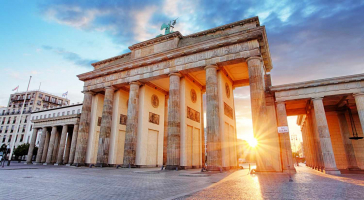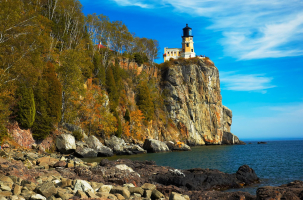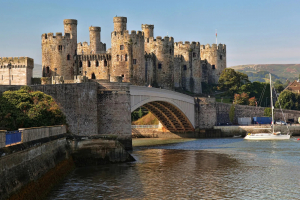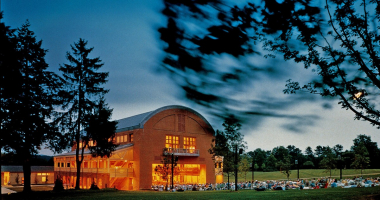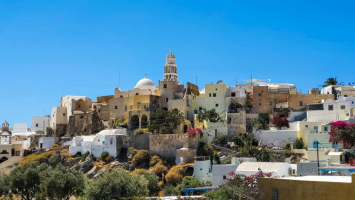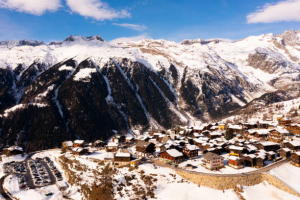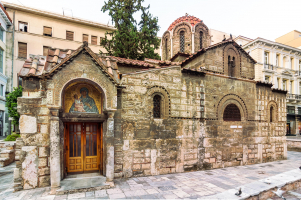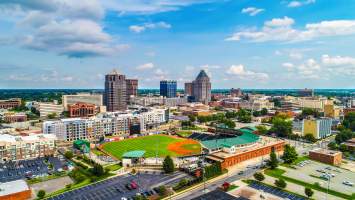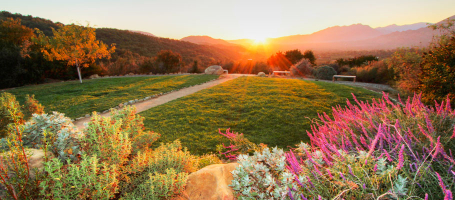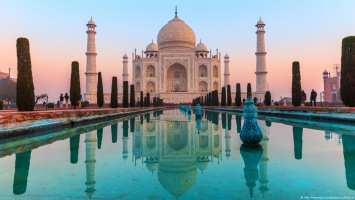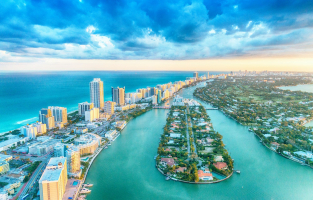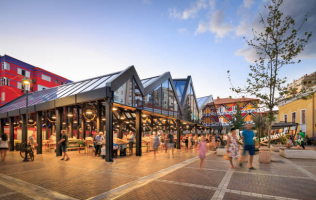Top 8 Best Things to Do in Birmingham
Birmingham is among the most popular tourist destinations in the UK, and for good reason. Here are some of the best things you can see or do while in the city, ... read more...whether you're a fan of chocolate, fascinated by history, or seeking for a family day out.
-
One of the Best Things to Do in Birmingham is to stroll Birmingham’s finest stretch of canal. Birmingham is fortunate to be located in the center of the nation's canal network and boasts more miles of canals than Venice, making for some gorgeous walks in the sun. For the ideal city center route, turn toward Brindleyplace, where there are numerous pub pit stations.
Birmingham's extensive network of canals served as the foundation for the city's development, but the best place to experience them is on the meandering 45-minute walk between Gas Street Basin and the University of Birmingham.
When you walk along the Old Line canal past Five Ways, the towpath transforms into a bucolic cornucopia of overhanging vegetation and sudden calm. The vibrant waterside cafés, bistros, and restaurants of Brindley Place and The Mailbox are great for refreshments. A treat to explore are the opulent university grounds and the underappreciated Barber Institute of Fine Arts.
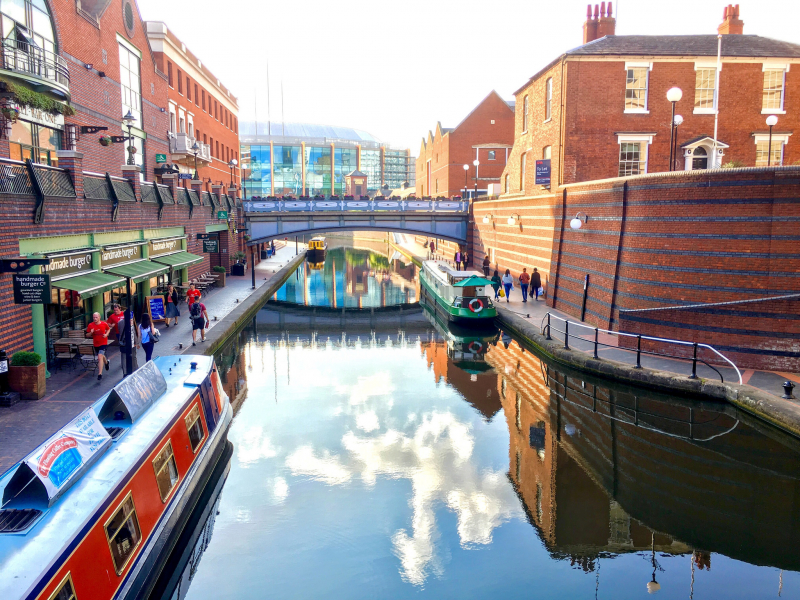
https://skyrisecities.com/ 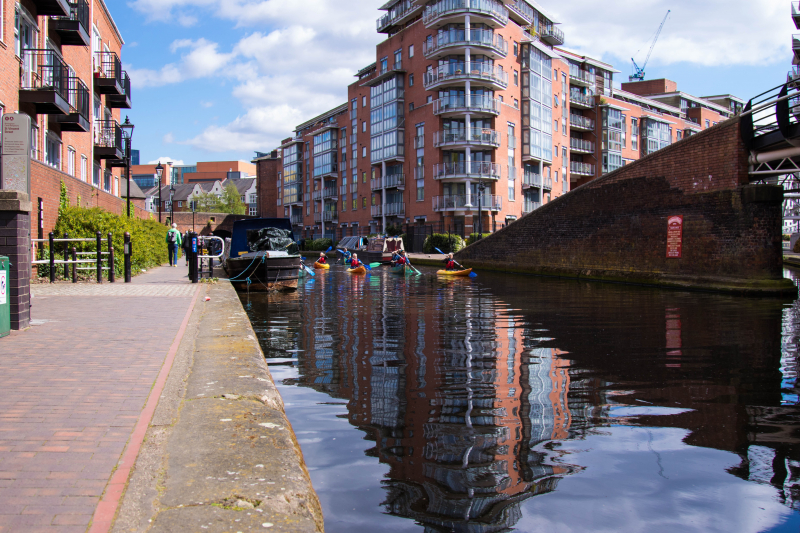
https://jooinn.com/ -
The Grand Hotel, the most sumptuous of Victorian Birmingham's hotels, had hosted notable guests including Winston Churchill and Charlie Chaplin before falling into ruin and closing permanently in 2000. This neighborhood landmark on Colmore Row reopened in May 2021 following a £45 million refurbishment after a 20-year hibernation.
This Grade II-listed structure, which was first built in 1879, still has some of its lovely original elements, such as the renowned grand staircase with gilded marble columns and the outstanding grand ballroom in the Louis IV style. The hotel's chic rooms also provide breathtaking views of the grounds of St. Phillips Cathedral (known locally as Pigeon Park).
They hope you'll be a part of it as the most recent chapter in our history comes to life, whether you're staying at the hotel, dining at one of their pubs or restaurants, hosting a meeting, or going to an event. Undeniably, staying at a Grand institution is one of the Best Things to Do in Birmingham.
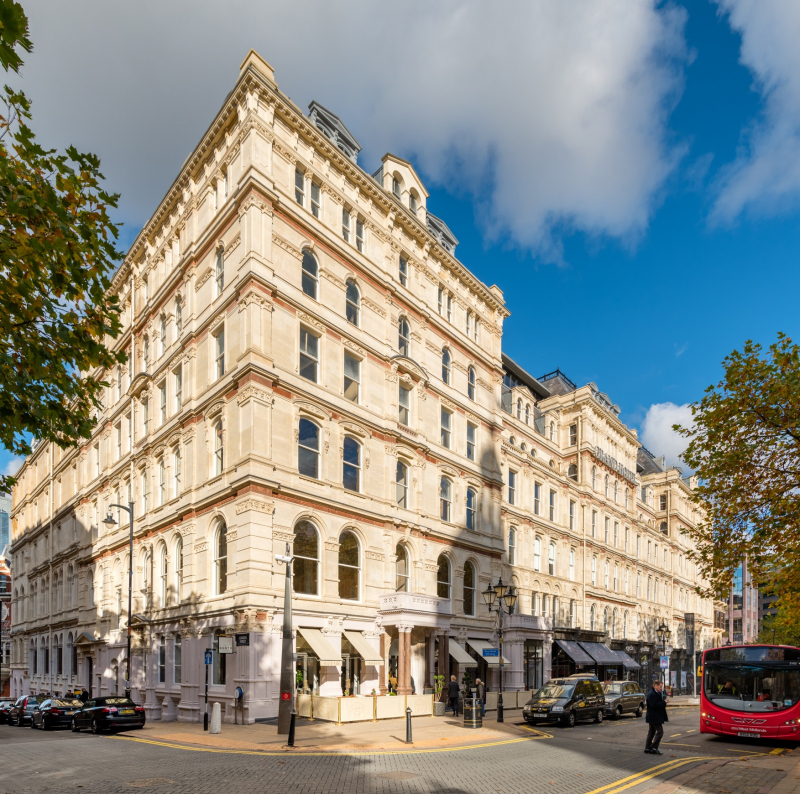
https://palife.co.uk/ 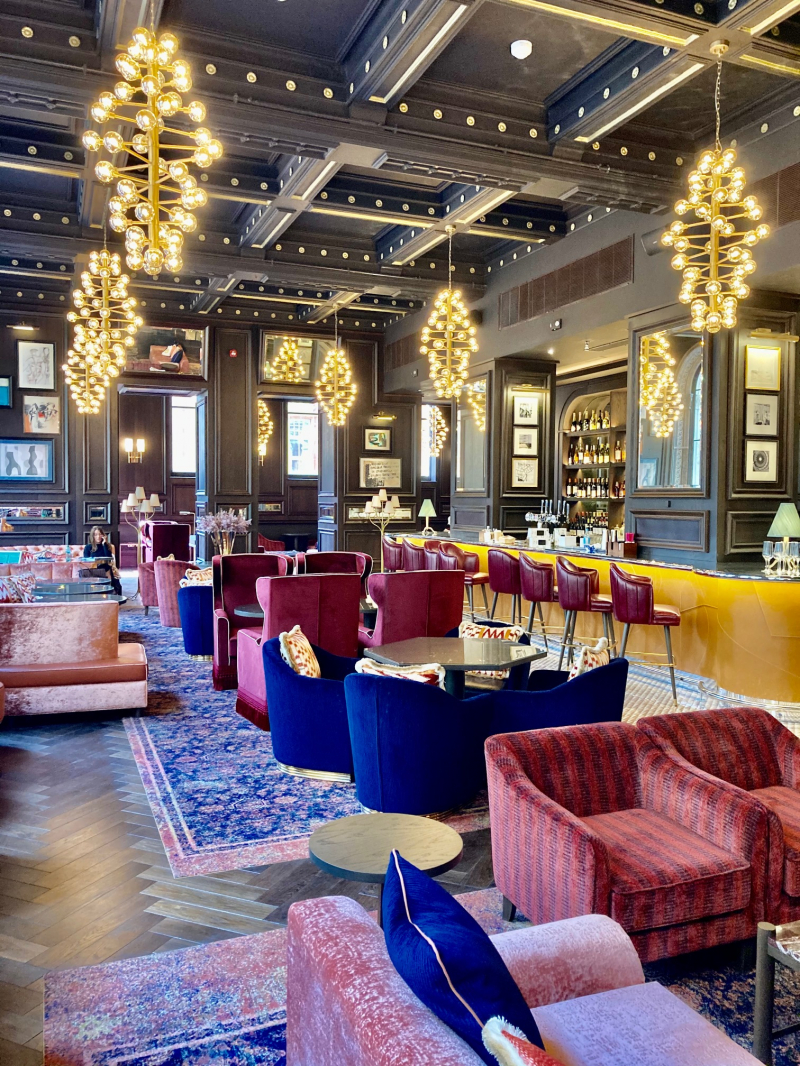
https://biteyourbrum.com/ -
It's simple to use dramatic language when discussing Birmingham's industrial past, but it's challenging to capture the atmosphere of daily life at the time. Except for one area of the city center where you may get a clear feel of what it was like to live in working-class Birmingham more than a century ago.
The Birmingham Back to Backs are the only remaining example of the city's back-to-back terraced residences from the 19th century, and they are situated on bustling Hurst Street. Today, you may join passionate locals on guided tours, where they will describe the difficulties and pleasures of living in these crowded structures. Don't forget to reserve in advance and stop by the corner candy store from the 1930s.
The Birmingham Back to Backs, the only extant back-to-back courtyard in the city, is tucked away just off Hurst Street. It is well conserved. You can take a tour of the homes and discover how residents lived there starting in the 1840s and continuing through the 1970s.
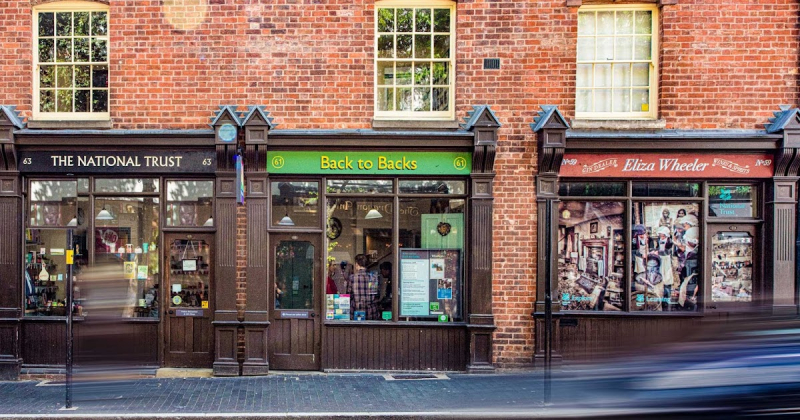
https://www.simondonnelly.com/ 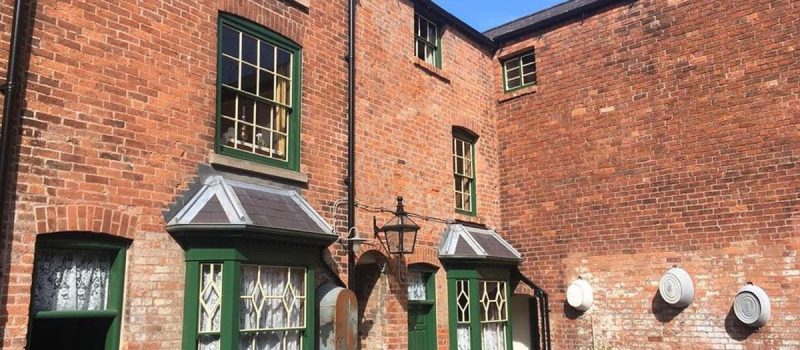
https://allevents.in/ -
The Library of Birmingham, which is proud to be the biggest regional library in Europe, boasts stunning views of the city's skyline from its "hidden" garden. On a sunny day, take the escalator up and take in the second-largest city in the UK, from its historic structures to its modern structures and ongoing construction.
Finding a position to view Birmingham from above is worthwhile since curvy curiosities like the Bullring and the Rotunda give Birmingham one of the UK's more distinctive skylines. The best viewing area in the city is modestly situated on the seventh story of the Library of Birmingham in Centenary Square, not in a tower.
The Secret Garden at the library more than makes up for its lack of towering height with genuinely panoramic views of the outside, plenty of space to meander, and a lovely elevated green place for summertime relaxation above the clamor of the city.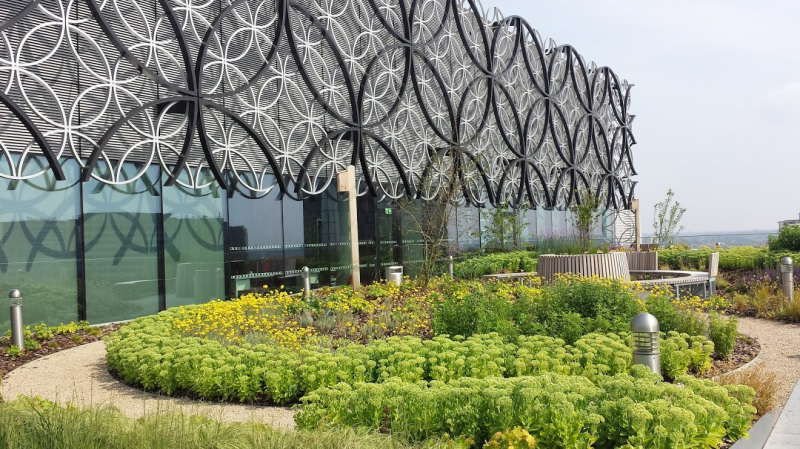
http://www.uniquevenuesbirmingham.com 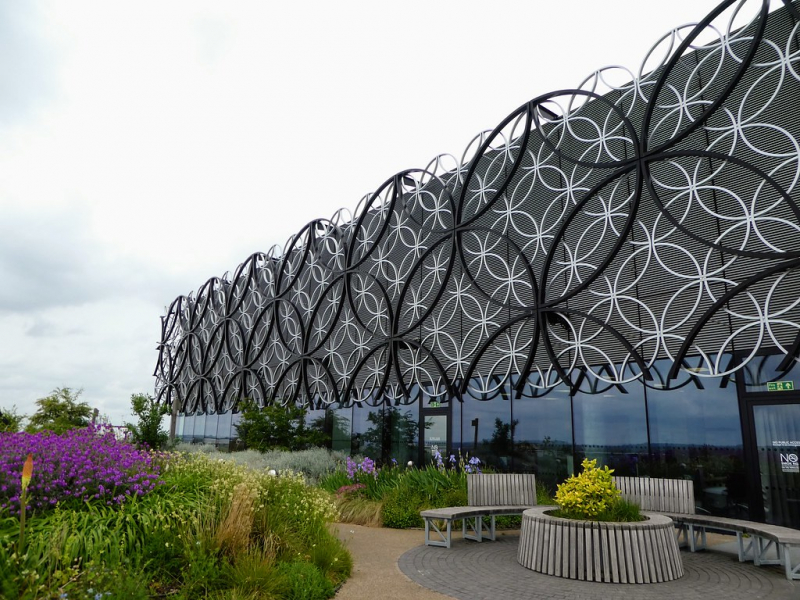
https://lovetravellingblog.com/ -
Birmingham has more Michelin-star restaurants than any other city in the UK save London, but the Balti, a modest one-pot stew, is the centerpiece of the city's identity. The Balti is a fiery curry that is swiftly prepared with the freshest ingredients over a searing hot flame and was created by Birmingham's Pakistani population in the early 1970s.
Although Baltis are now offered in restaurants all over the city, the district of Balti Triangle, a few miles south of the city center, is where the cuisine originated. For a taste of the Balti at its finest, visit the original pioneer eatery Adil's or contemporary favorite Shababs on the Ladypool Road.
There is no denying that Birmingham is a foodie's paradise. It's clear that cuisine is regarded seriously in this country because Glasgow has more Michelin stars than any other UK city outside London.
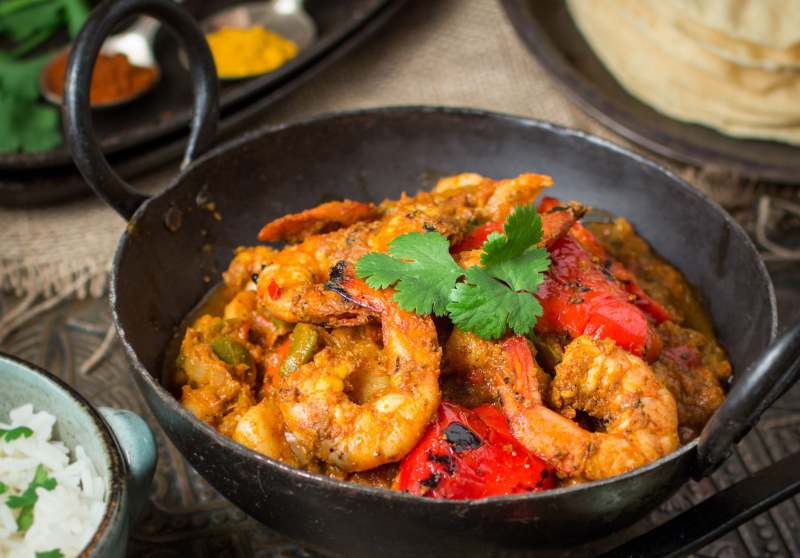
https://www.tripsavvy.com/ 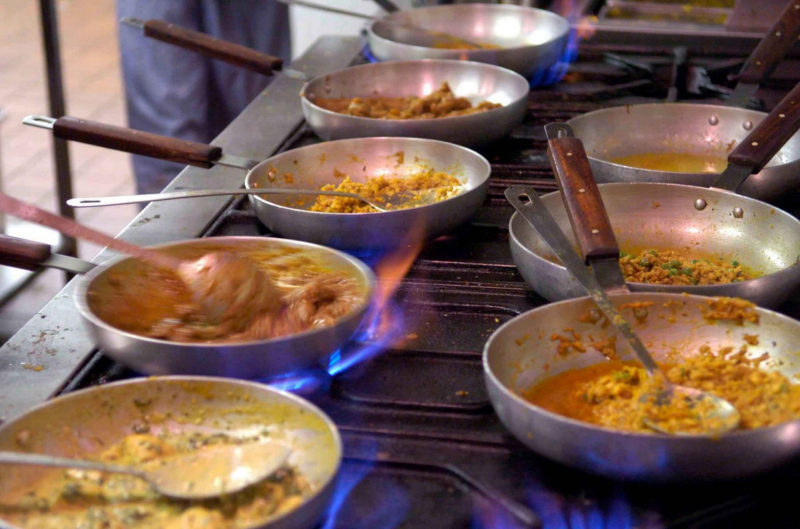
https://www.birminghammail.co.uk/ -
Birmingham is one of the greenest cities in Europe, with more than 8000 acres of award-winning parks and greenery. But go to Lickey Hills Country Park if you want to combine that green space with stunning panoramic views and attractive woodland pathways.
The hills are conveniently located 10 miles southwest of Birmingham's downtown, are easily accessible by train, bus, or automobile, and are great for walking any time of year. Be sure to climb Beacon Hill's nearly 300-meter summit for breathtaking views of Birmingham's cityscape to the north and the far-off Malvern Hills to the south.
Birmingham is doing something right because it has more trees than Paris. The city also has many parks, from the incredibly attractive Sutton Park in the north to the Cannon Hill Park, which is bordered by the Edgbaston Cricket Ground, in the south.
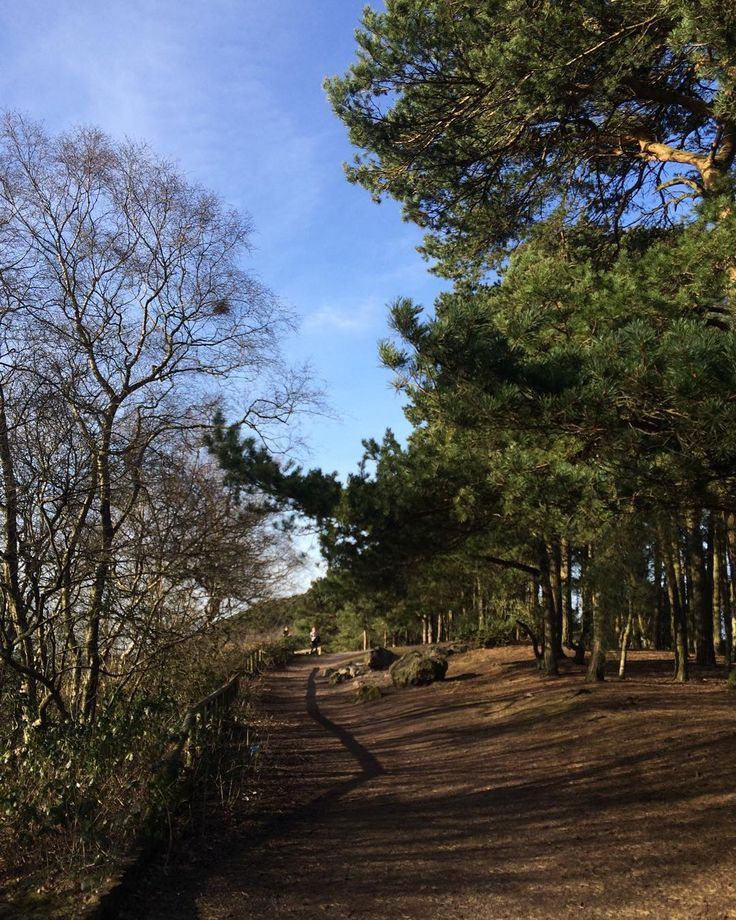
https://www.pinterest.com 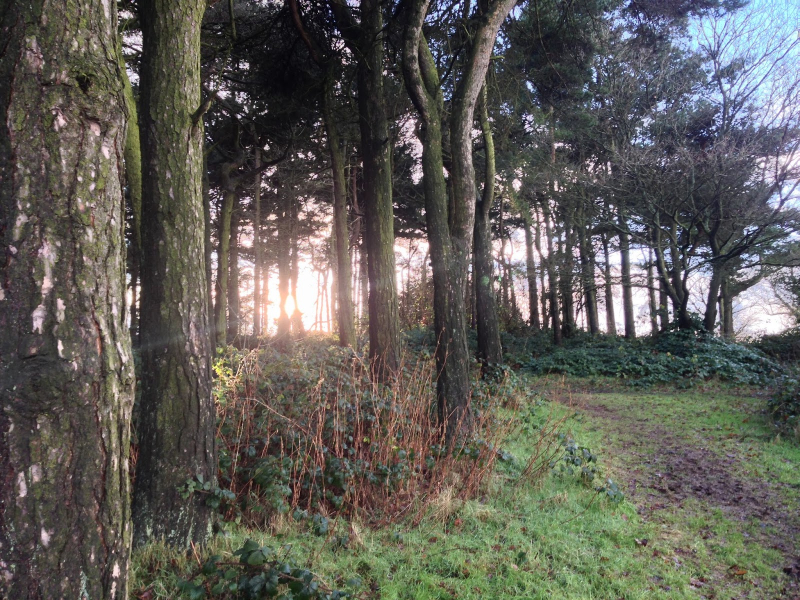
http://anotherwomack.blogspot.co.uk/ -
Few UK cities have produced music as diverse as Birmingham, from the reggae beats of UB40 to Black Sabbath's groundbreaking heavy-metal sound and Duran Duran's exuberant new-wave pop.
Whether residents are aware of it or not, each area has added to the diversity of the city's musical tradition. With their stunning 3D wooden relief maps, Musical Routes wants to bring it to life at 30 train stations throughout Birmingham. These one-of-a-kind artworks list each shown area's distinct cultural contribution, whether it be made by artists, record stores, venues, or recording studios.
Birmingham's concert hall is a true testament to the innovation and imagination that have gone into making the city what it is today. It's not just the best concert hall in the UK; many people consider it to be among the best in the entire world. It should not be missed due to its gorgeous auditorium and incredible, top-notch acoustics. It not only has some of the most renowned international orchestras, but it also features a lovely program presenting a wide range of musical genres, including jazz, rock, stand-up comedy, and more!
As a result, this magnificent structure truly has something to offer everyone, and given that it hosts performances of some kind practically every day of the year, it's well worth checking the schedule before making travel arrangements.
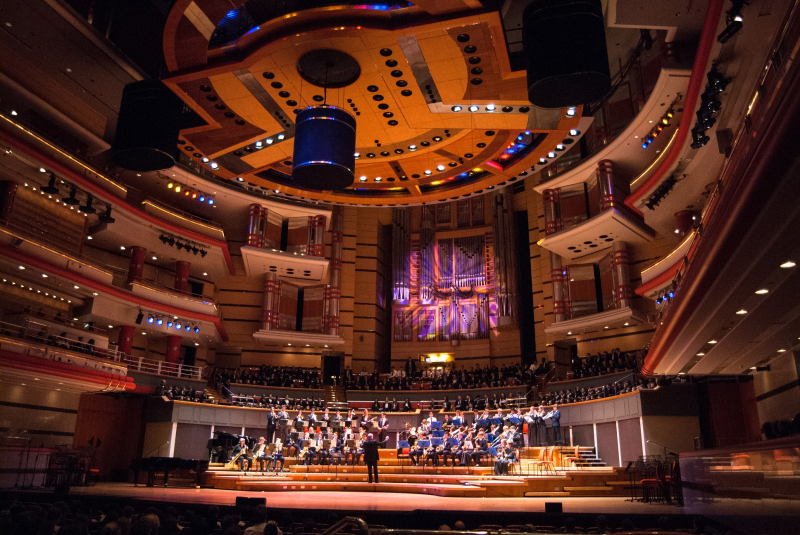
https://www.ukboardingschools.com/ 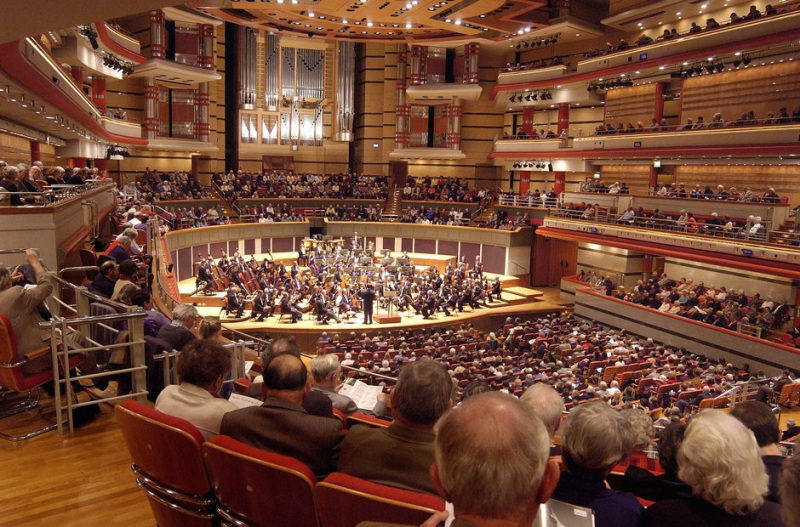
http://www.classicfm.com/ -
Birmingham was a manufacturing powerhouse during the Industrial Revolution, with the jewelry industry being one of its most enduring industries. A large portion of business was centered on the Jewellery Quarter, a charming area that still manufactures 40% of the jewelry in the UK.
The Museum of the Jewellery Quarter is an intriguing time capsule into Birmingham's past with its perfectly restored workshops and live demonstrations. Don't forget to check out the area's eccentric bars and eateries, such as the appropriately named 1000 Trades and the mystical The Wilderness.
Today, the Jewellery Quarter is a bustling hub of creative businesses, restaurants, bars, venues and apartments. Jewellery is still a big part of Birmingham’s future too, as there are approximately 700 jewellers in the area – with 400 of them manufacturing around 40% of the UK’s jewellery output. The world’s largest Assay Office is also in the Jewellery Quarter, with approximately 12 million items hallmarked each year.
You can also find a number of museums celebrating the Quarter’s proud past – such as the Museum of the Jewellery Quarter and the Pen Museum – as well as the only remaining Georgian square in Birmingham, St Paul’s Square. All of these accolades are quite some feat for a one-square-kilometre (0.4-square-mile) area of Birmingham with a population of just 19,000!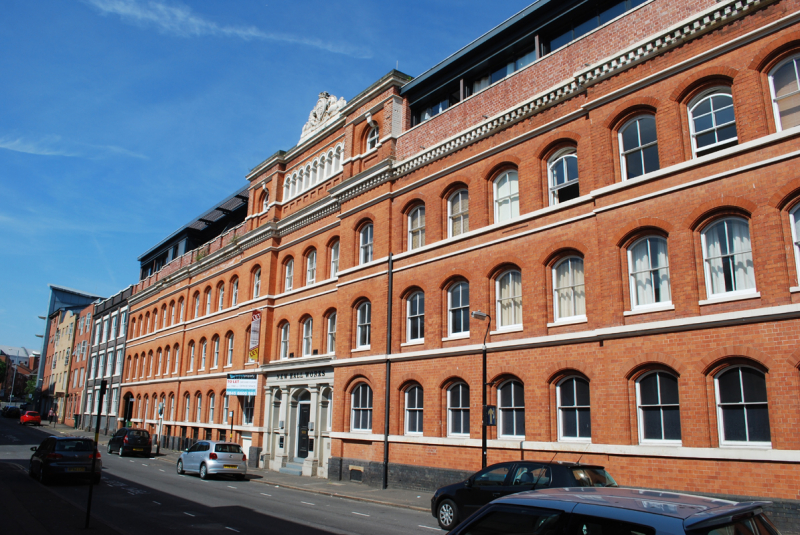
https://ancientmonumentssociety.org.uk 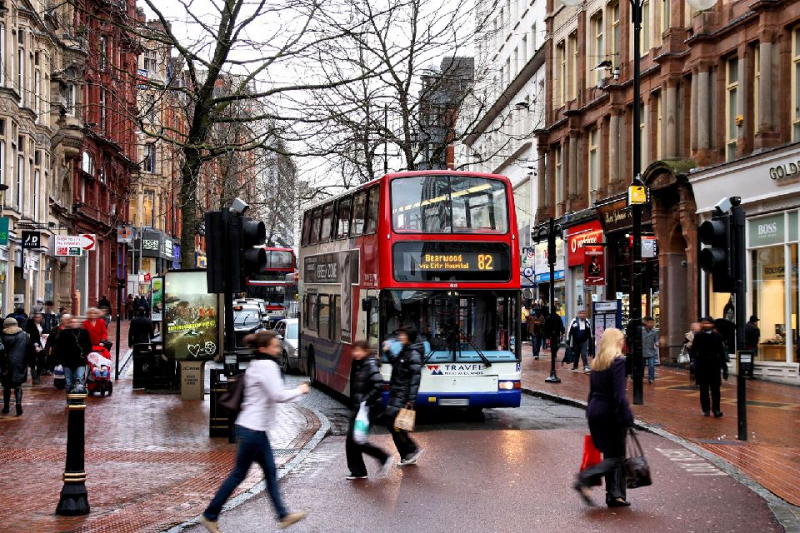
https://www.easyvoyage.co.uk/










